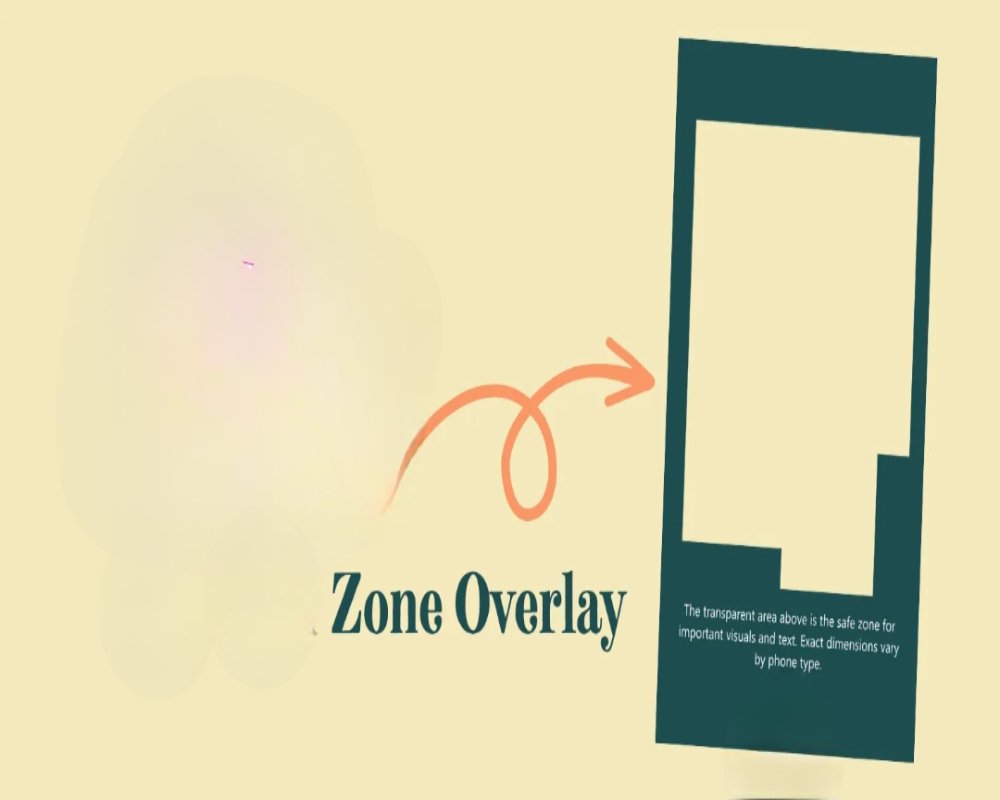Introduction
Zoning overlays are powerful planning tools used by municipalities to impose additional regulations or modify existing zoning standards within specific areas of a city or region. Unlike base zoning, which classifies land into broad categories such as residential, commercial, or industrial, overlays provide tailored rules that address unique needs or planning objectives. In the context of commercial land, zoning overlays help guide development, preserve community character, encourage economic growth, or protect environmental and historic assets. Understanding zoning overlays is essential for developers, investors, and planners, as they influence what can be built, how it is built, and under what conditions.
1. What Are Zoning Overlays?
Zoning overlays are regulatory layers placed on top of existing zoning designations. While base zoning establishes primary land uses and development standards, overlays introduce supplementary rules that apply to all properties within a defined boundary. These rules may strengthen, relax, or customize the underlying zoning, depending on the planning goals of the area. Overlays often target specific concerns such as urban revitalization, transit access, environmental preservation, or historic protection.
2. Purpose of Overlays in Commercial Zones
The primary purpose of overlays in commercial land is to manage development in areas with special characteristics or challenges. They allow planners to address issues that standard zoning classifications may not cover adequately. For example, a downtown commercial core may have a design overlay to maintain architectural uniformity, while a coastal commercial zone might include environmental overlays to prevent overdevelopment. These overlays enhance control and precision in urban planning.
3. Types of Commercial Zoning Overlays
Several types of overlays can be applied to commercial land, each serving a distinct purpose. Common examples include:
- Historic Preservation Overlays
- Design and Aesthetic Overlays
- Environmental Protection Overlays
- Transit-Oriented Development (TOD) Overlays
- Mixed-Use Overlays Each type responds to specific land use goals and adds an additional layer of regulation that developers must consider when planning commercial projects.
4. Design and Aesthetic Overlays
These overlays regulate architectural style, signage, building materials, lighting, and landscaping in commercial areas. Their goal is to ensure visual consistency and maintain the character of high-profile or culturally significant districts. Design overlays are common in downtown business districts, tourist zones, and retail corridors, where image and atmosphere play a vital role in attracting visitors and customers.
5. Historic Preservation Overlays
Historic overlays are established to protect buildings, streetscapes, and neighborhoods with historical or cultural value. In commercial areas, such overlays restrict alterations to the exterior of buildings, limit demolition, and guide new construction to reflect the historical context. This supports heritage tourism, enhances community pride, and preserves local identity while allowing commercial activity to continue under specific conditions.
6. Environmental Protection Overlays
These overlays safeguard environmentally sensitive areas within or near commercial land, such as wetlands, floodplains, and coastal zones. They may restrict the type, size, or density of development, mandate green infrastructure, or require environmental impact assessments. Commercial properties within these overlays must often implement sustainable building practices, manage stormwater runoff, and protect surrounding ecosystems.
7. Transit-Oriented Development (TOD) Overlays
TOD overlays promote compact, mixed-use development near public transit hubs to reduce car dependency, increase walkability, and boost public transport usage. In commercial zones, these overlays encourage higher density, relaxed parking requirements, and inclusion of pedestrian amenities. Businesses benefit from increased foot traffic, while communities gain better access to services and employment opportunities.
8. Mixed-Use Overlays
Mixed-use overlays allow or encourage a blend of commercial, residential, and sometimes institutional uses within a single development or neighborhood. They are often applied to underutilized commercial corridors or redevelopment zones to create vibrant, 24-hour districts. These overlays support economic diversification and urban livability, making them attractive to developers and city planners alike.
9. Incentive-Based Overlays
Some overlays offer development incentives—such as increased building height, density bonuses, or expedited permitting—in exchange for public benefits. These may include affordable commercial space, public plazas, green building certifications, or infrastructure improvements. Incentive-based overlays are used to align private development interests with broader community goals, especially in areas targeted for revitalization.
10. Compliance and Approval Processes
Developing within a zoning overlay requires careful compliance with both base zoning and overlay-specific rules. Developers must review local zoning maps and regulations to understand applicable overlays. Approval processes may involve additional design reviews, environmental assessments, or community hearings. Failure to comply with overlay requirements can lead to project delays, fines, or denial of permits.
Conclusion
Zoning overlays are dynamic planning instruments that enhance the flexibility and effectiveness of land use regulation in commercial areas. By layering additional standards over base zoning, overlays allow municipalities to address specialized concerns, protect valuable assets, and encourage targeted growth. For commercial property stakeholders, understanding zoning overlays is essential to navigating legal requirements, maximizing development potential, and contributing to well-planned, resilient communities. As cities grow and evolve, zoning overlays will remain a crucial tool for shaping vibrant, inclusive, and sustainable commercial environments.
Hashtags
#ZoningOverlays #CommercialLand #UrbanPlanning #LandUse #RealEstateDevelopment #ZoningLaws #PropertyManagement #CityPlanning #LandZoning #CommercialRealEstate #ZoningRegulations #DevelopmentGuidelines #UrbanDevelopment #RealEstateInvesting #ZoningCompliance #LandUsePlanning #CommercialZoning #PlanningCommission #ZoningEducation #RealEstateTrends


